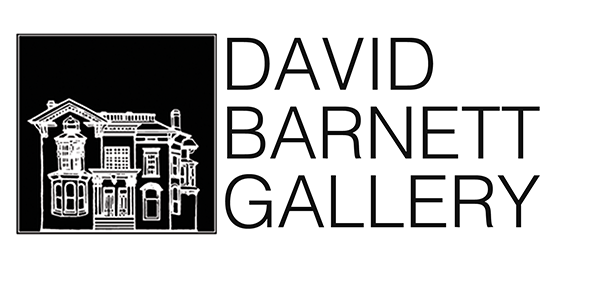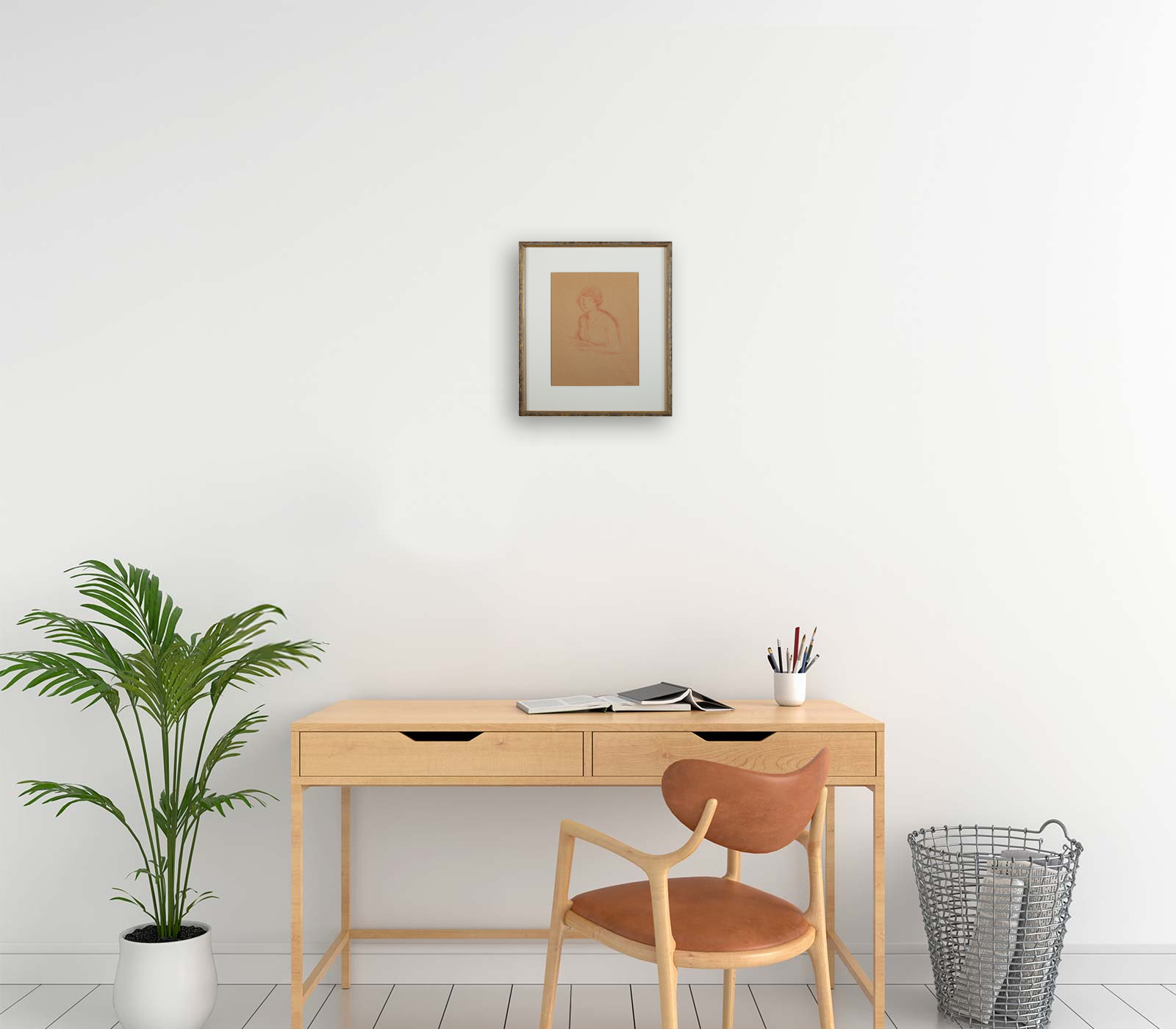

Buste de Jeune Femme
Artist: Georges d'Espagnat
Price:
$5,800.00
Medium: Drawing


More Details
Materials: Conte Crayon Drawing
Dimensions: 18" x 15" x 1"
Finish: Framed
About the Item: c1900

About The Artist
Georges d'Espagnat was a French painter, illustrator, and stage designer. Disdaining the traditional art schools, he studied part-time at the Académie Colarossi in Paris. His early works showed a strong debt to Impressionism. He was a friend of Renoir as well as of Paul Signac, Henri Edmond Cross, Louis Valtat and later Maurice Denis, Bonnard, and Vuillard. In 1898 he visited Morocco. After his return to France, he concentrated on studies from nature, paintings of women, children, and flowers, and decorative projects for private patrons. In 1904, he exhibited at the Salon d’Automne, becoming its Vice-President in 1935. d’Espagnat’s depicted everyday Parisian life, female figures, landscapes, and still lifes, in a painterly style of additive brushstrokes with a unique treatment of color, resembling the Fauves. He was influential in the art circles of his time—notably with Henri Matisse, Paul Gauguin, Pablo Picasso, Camille Pissarro, and Marc Chagall. Between 1905 and 1910 he made several trips with Louis Valtat to visit Renoir on the Côte d’Azur as well as travelling to Spain, Italy, Portugal, Britain, Germany and elsewhere. In 1914 he provided the decor for a production of Alfred de Musset’s play Fantasio at the Théâtre de Batignolles in Paris. After working in a camouflage unit during World War I, in 1920 d’Espagnat bought a country house in the Quercy region and over the next decade painted numerous landscapes and interiors there. During the 1930s he worked in various media. He illustrated Alphonse Daudet’s L’Immortel (Paris, 1930) and also produced theatre designs. In 1936 he decorated the Mairie in Vincennes; in 1938 the Palais de Justice in Toulouse, and in 1939 the ceiling of the Salle Victor Hugo in the Palais du Luxembourg in Paris. Ironically, considering his earlier attitudes, from 1936 to 1940 he was a professor at the Ecole des Beaux-Arts in Paris. Though disrupted by World War II, he continued to paint until his death.
More Galleries to Explore














 Facebook
Facebook
 Twitter
Twitter
 Email
Email


















